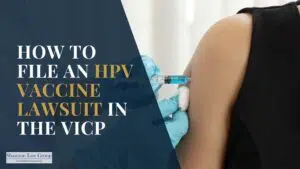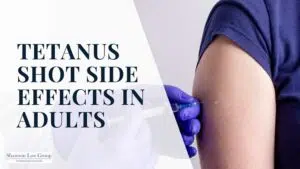
When an insurance company violates its duty of good faith and fair dealing with a policyholder, there are many types of evidence that can be used to prove the insurance company’s bad faith in court.
Here Are 4 Ways Evidence Can Be Used To Prove A Bad Faith Claim:
#1: Testimony of expert witnesses in insurance claims handling
One of the most common types of evidence in a bad faith claim is the testimony of witnesses who have expertise in insurance and claims handling.
Generally, courts will allow expert testimony on a subject if it is beyond the general understanding of most of the general public. The testimony will be allowed if the court finds that it will help the jury understand the evidence.
Insurance coverage can be complicated, and many potential jurors have only a peripheral understanding of claims handling. As such, experts are important for the jury to understand exactly what the duty of good faith and fair dealing requires of an insurer in a particular situation, and to explain how the insurer did or did not live up to those obligations in a given case.
#2: Other unfair settlement claims practices statutes
In addition, some states allow evidence of their version of the unfair settlement claims practices statutes to serve as evidence of the proper standard of care. Jurors are also often instructed that they may consider the insurer’s internal policies and procedures, as well as generally understood industry customs and practices in determining the proper standards for insurers.
#3: Evidence of the insurance company’s corporate policies
Similarly, evidence of a company’s corporate philosophy as to claims may also be relevant to demonstrate that an insurer encouraged claims adjusters to treat claimants unfairly, as may training materials and internal policies and procedures.
The testimony of the individual adjuster or adjusters that handled the claim, and that of the insured, are also crucial pieces of evidence in many bad faith cases.
#4: Insurance company’s claim file
Finally, the documents in the insurer’s claim file will often reveal the insurance companies’ impression of the case, its communications with the insured, and the extent of any investigation is conducted. These documents are also vital to explain to a jury how the insurance company failed to meet its expectations under the law.
Insurers hate to reveal the contents of their claims files, and will fight relentlessly to hide evidence of their training materials and internal polices for handling claims.
For example, State Farm has a set of claims manuals, called “Operations Guidelines,” but, according to a former State Farm claims handler, in many litigated cases, would carefully create a packet from which pertinent damaging material had been removed. The purpose of the “created packet” was to “give plaintiffs something containing no damaging information, but which was voluminous enough to distract their attorneys.”[i]
State Farm once incurred $7 million in penalties and was forbidden from selling insurance in the State of Florida for refusing to turn over documents revealing its claims handling strategies.
[i] Taylor v. State Farm Fire and Cas. Co., in the Superior Court for the State of California in and for the County of Los Angeles, Declaration of Amy Girod Zuniga, Sept. 25, 1996, ¶20; see also Taylor v. State Farm Fire and Cas. Co., in the Superior Court for the State of California in and for the County of Los Angeles, Declaration of Amy Girod Zuniga, Nov. 11, 1996
Schedule Your Free Consultation Today



